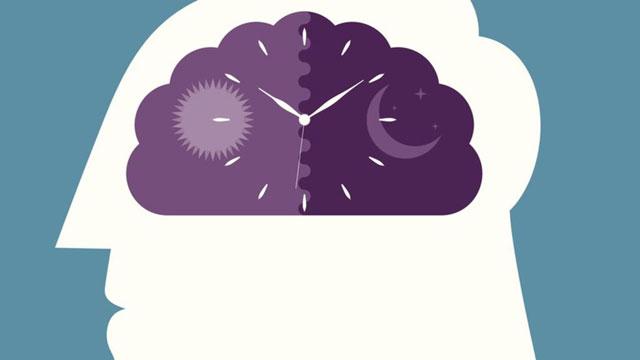You are here
Night owl or early bird? It’s in your genes
By AFP - Feb 11,2016 - Last updated at Feb 11,2016

Photo courtesy of mytechbits.com
PARIS — Whether you are a night owl or an early bird, don’t bother fighting the impulse because it’s probably in your genes, a recent study suggested.
Scientists have long known that all plants and animals — from lowly phytoplankton to homo sapiens — have internal biological clocks attuned to a 24-hour cycle.
But within this so-called circadian rhythm, individuals of some species, including ours, may have a natural preference for day or night.
Previous research had singled out genes with an unspecified influence on these rhythms.
But very little was known about which parts of our genetic code determine whether you are more of a night crawler or a morning lark.
A research team led by David Hinds of California-based biotechnology company 23andMe trawled the genomes — the unique genetic blueprint of an organism — of 89,283 people for clues.
The team compared the findings with responses to a Web survey in which the same individuals were asked to indicate whether they preferred mornings or evenings.
The study, published in Nature Communications, found a clear link between more than a dozen gene variants, and healthy individuals who said they were at their best in the morning.
The team also looked for genetic links with sleep disorders such as insomnia, apnoea or sweating while slumbering, but came up empty-handed.
Other research has detected correlations between the morning/evening preference and abnormal weight or depression. But here again, Hinds and colleagues did not find a link.
The mechanism controlling circadian rhythms is found in neurons located in a part of the brain called the suprachiasmatic nuclei, in the hypothalamus.
The same process is involved in jetlag, which is the feeling of being out of phase — too sleepy or wide awake — with a given time cycle.
Related Articles
TOKYO — If you find you just cannot spring out of bed on time every morning, you may be able to blame it on your genes, a new scientif
PARIS — Messing with the natural rhythm of one’s internal clock may boost the risk of developing mood problems ranging from garden-variety l
A fitful night’s sleep and a habit of daytime catnapping may be an early-warning sign of Alzheimer’s dementia, according to new research con



















